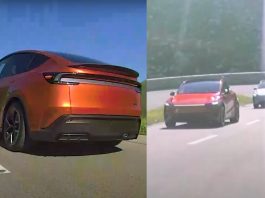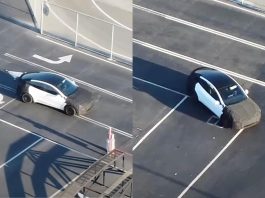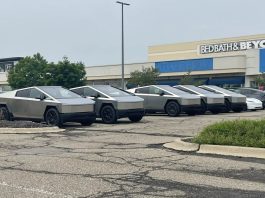A study published by the automotive site iSeeCars recently shows that Tesla has the highest fatal accident rate per vehicle in the United States. The research used the Fatal Analysis Reporting System (FARS) provided by the National Highway Traffic Safety Administration (NHTSA) to compare the model year cars involved in crashes from 2018 to 2022 that had caused at least one mortal occupant.
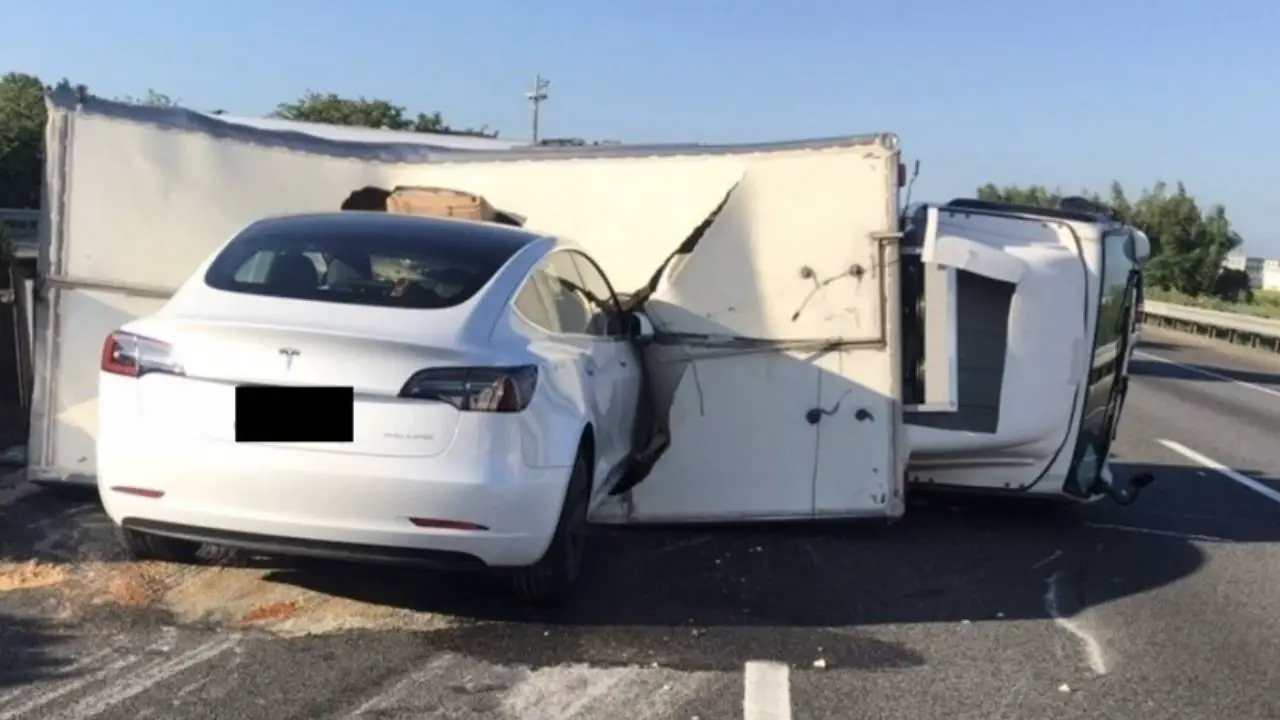
Key Findings
- Fatal Accident Rate: In particular, Tesla cars achieved 5.6 fatal accidents per billion miles, higher than the overall industry rate, equal to 2.8 fatal crises per billion miles. This puts Tesla ahead of all its rivals, with Kia behind at 5.5 claims per billion miles and Buick at 4.8.
- Model-Specific Data: The study also pointed out that the Tesla Model Y was one of the most dangerous automobiles, failing in the fatal crash rate test with a reading of 10.6 per billion miles. The Model S is also high-ranking, with a fatal crash rate of 5.8 per billion miles.
- Comparison with Other Brands: Other brands listed in the top five for the fatal accident rates are: Kia: 5.5 per billion miles; Buick: 4.8 per billion miles; Dodge and Hyundai also made it to this list of vehicles with many recalls.
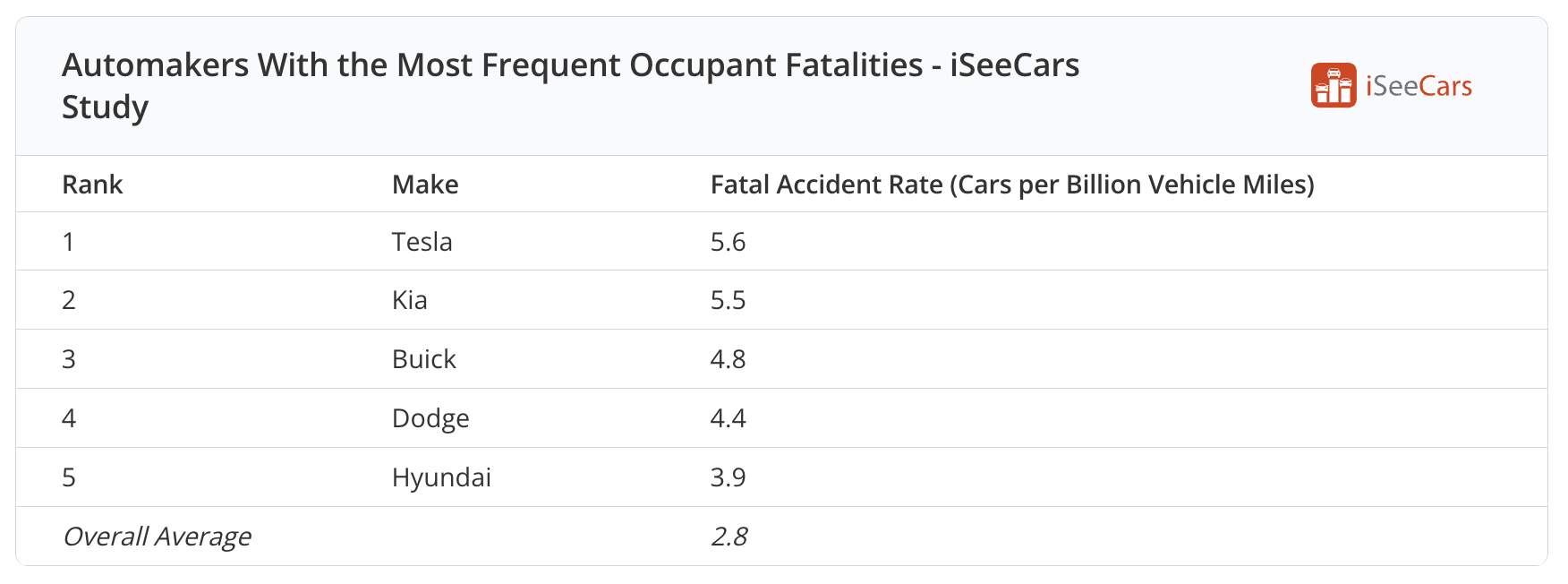
Contributing Factors
The study does not suggest that Tesla vehicles are inherently unsafe or poorly designed; rather, it emphasizes that the high fatality rates may be attributed to several factors:
- Driver Behavior: The number of accidents – is primarily attributed to distracted driving and higher speed, which have lately emerged as major risks. While today’s autos have excellent safety features meant to prevent accidents, human behaviors contribute equally to these crashes.
- Misleading Marketing of Driver Assistance Systems: In its Autopilot and Full Self-Driving (FSD) technologies marketing, Tesla may contribute to drivers having more confidence in its features than in real life. While these systems are supposed to help the driver, they remain reactive and demand the driver’s input all the time. It can give the user a wrong impression of the terminology used.
- Distraction from Controls: Tesla continues to eliminate buttons in favor of huge touchscreens for most vehicle features, a factor that may add to fatigue and ultimately accidents.
Safety Ratings vs. Real-World Data
Although Tesla is quick to defend the safety of its products, pointing out that the company makes some of the safest automobiles, including seven Top Safety Pick+ honors from the IIHS, this work still shows that there is a substantial gap between what the safety ratings in crash tests suggest and the actual accident rates. The results indicate that, despite the utilization of Autopilot and FSD features, Tesla vehicles could experience problems related to driver overreliance on those technologies.
Conclusion
In conclusion, Tesla has faced recent controversy with its automobiles and system, even marketing its cars as some of the safest in the automobile market, there has been evidence of increasing fatal accidents linked to this company’s vehicles. The work underpins safe behavior on the roads and awareness that driver aids are not a substitute for cautious driving. With changing technology in automobiles it is still important for a driver to have pertinent information for safe driving and handling of the car.

